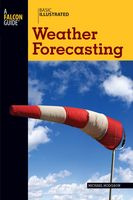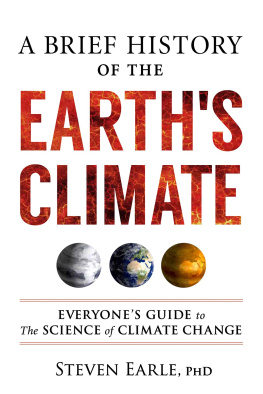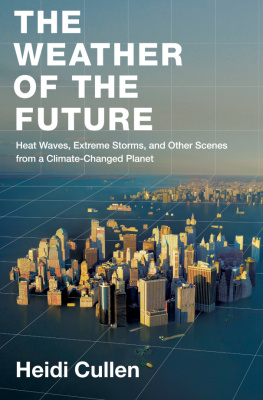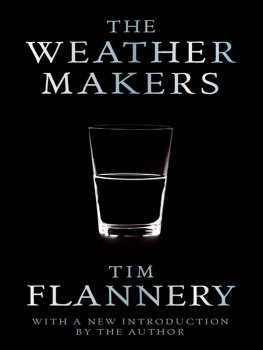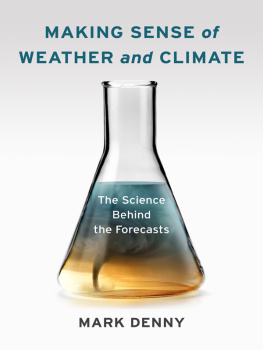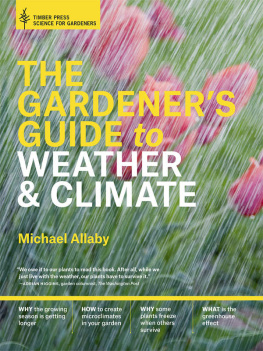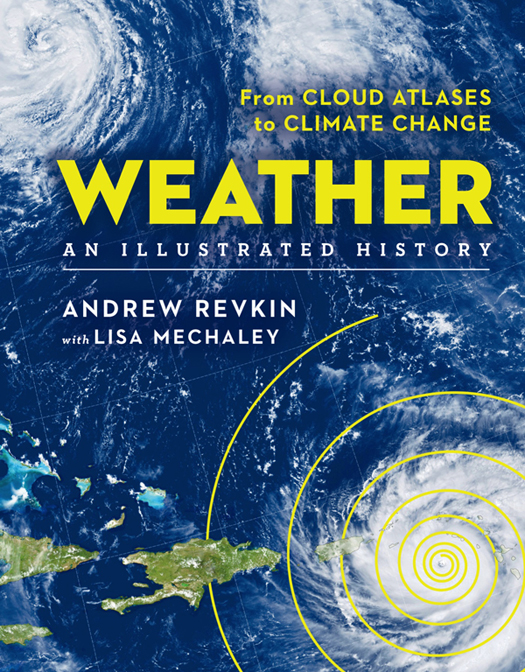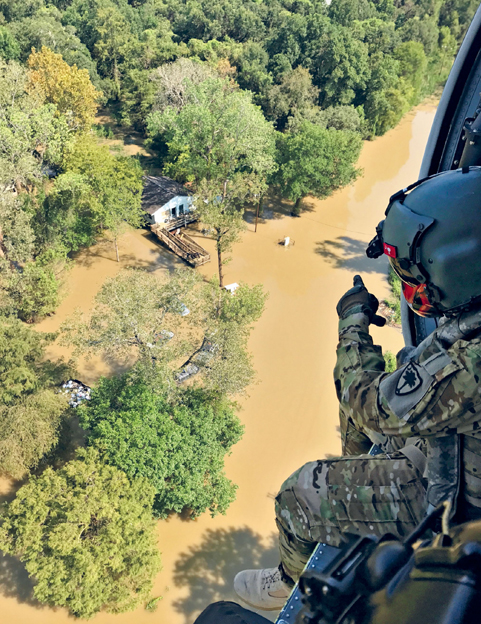Andrew Revkin - Weather: An Illustrated History: From Cloud Atlases to Climate Change
Here you can read online Andrew Revkin - Weather: An Illustrated History: From Cloud Atlases to Climate Change full text of the book (entire story) in english for free. Download pdf and epub, get meaning, cover and reviews about this ebook. year: 2018, publisher: Sterling, genre: Non-fiction. Description of the work, (preface) as well as reviews are available. Best literature library LitArk.com created for fans of good reading and offers a wide selection of genres:
Romance novel
Science fiction
Adventure
Detective
Science
History
Home and family
Prose
Art
Politics
Computer
Non-fiction
Religion
Business
Children
Humor
Choose a favorite category and find really read worthwhile books. Enjoy immersion in the world of imagination, feel the emotions of the characters or learn something new for yourself, make an fascinating discovery.

- Book:Weather: An Illustrated History: From Cloud Atlases to Climate Change
- Author:
- Publisher:Sterling
- Genre:
- Year:2018
- Rating:5 / 5
- Favourites:Add to favourites
- Your mark:
Weather: An Illustrated History: From Cloud Atlases to Climate Change: summary, description and annotation
We offer to read an annotation, description, summary or preface (depends on what the author of the book "Weather: An Illustrated History: From Cloud Atlases to Climate Change" wrote himself). If you haven't found the necessary information about the book — write in the comments, we will try to find it.
Beautifully illustrated . . . Think of this book like dining on tapas, boasting savory flavors, some unexpected, that constitute a satisfying whole. --Washington Post Andrew Revkin, who is the senior climate reporter at ProPublica after a prize-winning 21-year stint at The New York Times, presents an intriguing illustrated history of humanitys evolving relationship with Earths dynamic climate system and the wondrous weather it generates. Colorful and captivating, Weather: An Illustrated History hopscotches through 100 meteorological milestones and insights, from prehistory to todays headlines and tomorrows forecasts. Bite-sized narratives, accompanied by exciting illustrations, touch on such varied topics as Earths first atmosphere, the physics of rainbows, the deadliest hailstorm, Groundhog Day, the invention of air conditioning, Londons Great Smog, the Year Without Summer, our increasingly strong hurricanes, and the Paris Agreement on climate change. Written by a prominent and award-winning environmental author and journalist, this is a groundbreaking illustrated book that traces the evolution of weather forecasting and climate science.
Andrew Revkin: author's other books
Who wrote Weather: An Illustrated History: From Cloud Atlases to Climate Change? Find out the surname, the name of the author of the book and a list of all author's works by series.


